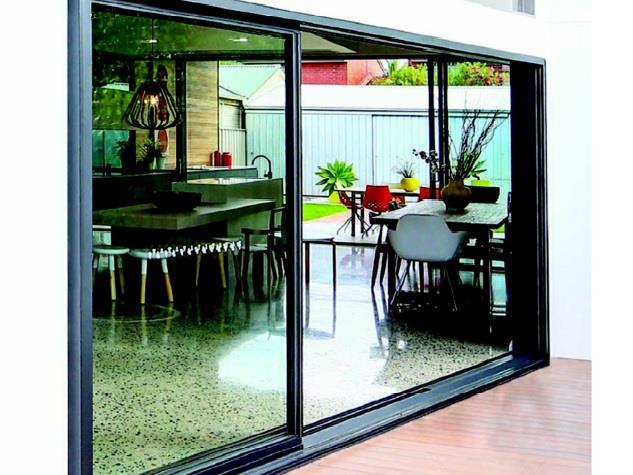Maximizing Energy Efficiency – CVD Commercial Glass Installation Solutions
Maximizing energy efficiency in commercial buildings is a top priority as businesses seek to reduce operational costs and promote sustainability. One of the most effective ways to achieve this is through cutting-edge window installation solutions. Windows play a crucial role in regulating the temperature and lighting within a building, significantly impacting energy consumption. Innovations in commercial window technologies now provide businesses with advanced options to improve energy efficiency, reduce their carbon footprint, and create a more comfortable environment for occupants. A key factor in energy-efficient window installation is the use of high-performance glazing. Modern window technologies utilize double or triple glazing, which incorporates multiple layers of glass separated by gas-filled spaces often argon or krypton to reduce heat transfer. These layers create an insulating barrier, minimizing the amount of heat lost during colder months and reducing the heat gained in warmer months. Low-emissivity Low-E coatings can also be applied to the glass surface to further enhance insulation and reflect infrared radiation, preventing heat from entering the building during summer while retaining warmth in winter.
 Another important development in window technology is the use of smart windows. CVD Commercial Glass is equipped with electrochromic or thermochromic coatings, allowing them to automatically adjust their tint based on external weather conditions or indoor temperature needs. By dynamically changing their transparency, smart windows help regulate heat and light, eliminating the need for excessive air conditioning or heating and reducing energy consumption. This adaptability not only enhances occupant comfort but also contributes to significant energy savings over time. Framing materials are also essential in maximizing the energy efficiency of commercial window installations. Traditional materials like aluminum, while durable, are highly conductive, allowing heat to transfer easily through the frame. To counteract this, modern window systems incorporate thermally broken aluminum frames, which include a non-conductive material such as polyurethane between the interior and exterior surfaces to reduce heat transfer. Alternatively, other energy-efficient frame options like vinyl, fiberglass, and composite materials offer superior thermal insulation and are becoming increasingly popular for commercial projects.
Another important development in window technology is the use of smart windows. CVD Commercial Glass is equipped with electrochromic or thermochromic coatings, allowing them to automatically adjust their tint based on external weather conditions or indoor temperature needs. By dynamically changing their transparency, smart windows help regulate heat and light, eliminating the need for excessive air conditioning or heating and reducing energy consumption. This adaptability not only enhances occupant comfort but also contributes to significant energy savings over time. Framing materials are also essential in maximizing the energy efficiency of commercial window installations. Traditional materials like aluminum, while durable, are highly conductive, allowing heat to transfer easily through the frame. To counteract this, modern window systems incorporate thermally broken aluminum frames, which include a non-conductive material such as polyurethane between the interior and exterior surfaces to reduce heat transfer. Alternatively, other energy-efficient frame options like vinyl, fiberglass, and composite materials offer superior thermal insulation and are becoming increasingly popular for commercial projects.
Installation practices play a vital role in optimizing the performance of energy-efficient windows. Proper sealing and weatherproofing are critical to ensuring that no drafts or leaks undermine the windows’ insulating properties. The use of advanced installation techniques, such as foam insulation around window frames and airtight sealing with weatherstripping, further enhances the energy performance of commercial windows. Additionally, energy-efficient windows are often installed as part of an integrated building design that takes advantage of natural light, reducing the need for artificial lighting and creating a more energy-efficient environment overall. Incorporating these cutting-edge window solutions into commercial buildings offers numerous benefits beyond energy savings. Businesses can enjoy lower utility bills, a reduced environmental impact, and increased comfort for employees and clients. Moreover, energy-efficient windows contribute to improved indoor air quality by minimizing condensation and preventing the growth of mold and mildew, creating a healthier work environment. As building regulations and energy codes continue to emphasize sustainability, investing in advanced commercial window installations can enhance property value and help companies stay ahead of the curve in terms of energy efficiency.